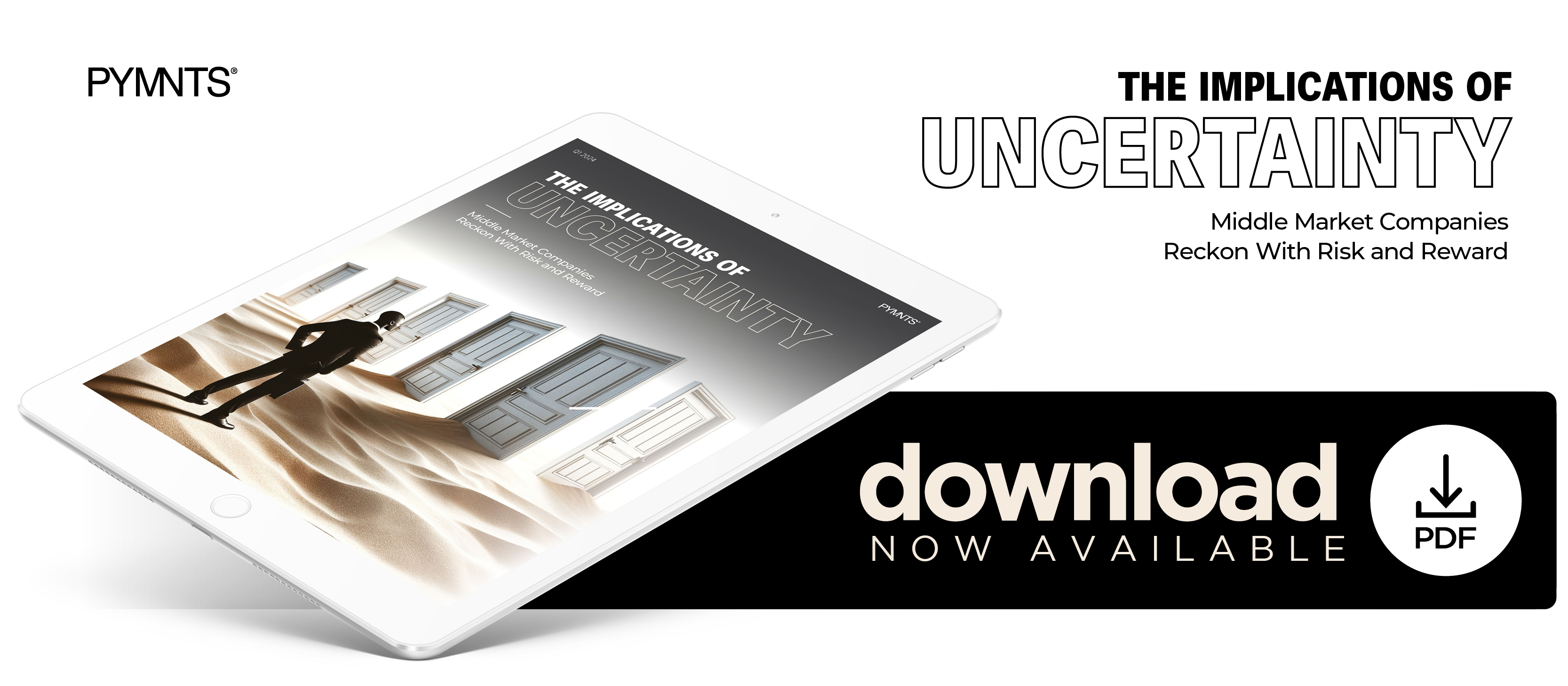Data Models Emerge as Effective Customer Strategy

Data modeling can guide businesses refine strategies and optimize outcomes in uncertain times, Franklin Madison CEO Robert Dudacek writes in the new PYMNTS eBook, “The Implications of Uncertainty.”
Confidently knowing where we’re going helps us navigate the unexpected. In times of uncertainty, we lean on data modeling as our compass. It’s the tool we use to inform major areas of our business and marketing strategy.
Wrapping up the first quarter of 2024, some of last year’s challenges still linger. Inflation continues to put pressure on print, postage and freight costs. Other areas of concern are interest rates, consumer behavior and a potential recession.
Even when the market fluctuates, data modeling remains our trusted guide. Utilizing our data team is integral to ensuring the success of each insurance marketing campaign we deliver. Our data scientists meticulously analyze campaign performance, refine strategies and optimize outcomes to create predictability out of the uncertainty.
Here’s what this looks like when serving our clients:
- Identify a responsive population. When partnering with a new client, it takes roughly 90 days to mature a direct mail campaign. This requires analyzing a client’s files and building profiles of “most likely” customers (overlaid with more than 1,500 attributes that include demographics, economic status, prior purchase history and more). Then, we create an algorithm based on these attributes.
- Use the data to target and refine. When we apply an algorithm to a client’s campaign, it targets consumers expected to respond, reducing risk and creating predictability for the client. Consumer data is ranked by pentile, with the most responsive at the top and the least at the bottom. A campaign is then sent to the desired group, and the data model is judged by how it performs.
What’s most fascinating about this process is how data modeling is used up-to-the-minute. Data models are adaptive. When current events take place, consumer data changes — and the models do, too.
This ability to adjust and improve models, even day to day, allows us to offer our clients sharper insights. We’re not guessing. We’re continuously examining market data to predict and drive each campaign.
Of course, predictive models are only as good as the data that goes into them. For our data team, past performance of predictions serves as a litmus test for the reliability of future forecasts. Our data scientists study historical patterns so they can ask the right questions.
Our reliance on data also extends beyond campaign execution. We use the insights gleaned from our data team to anticipate market trends, forecast consumer preferences and determine new insurance product offerings.


